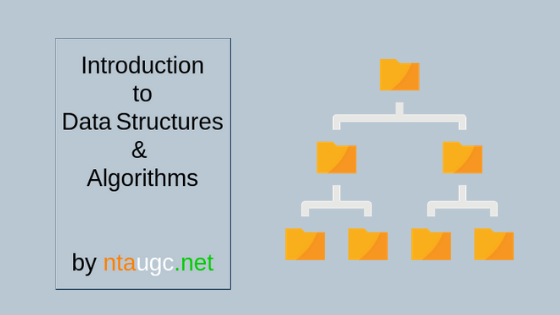What operation is supported in constant time by the doubly linked list, but not by the singly linked list?
- (A) Advance
- (B) Backup
- (C) First
- (D) Retrieve
linked list
- A linked list is a linear data structure in which elements are stored in nodes, and each node points to the next node in the list.
- The first node in the list is called the head, and the last node is called the tail.
- Linked lists are useful for building data structures like stacks, queues, and lists. They are a dynamic data structure, meaning that elements can be added or removed from the list at any time.
- Linked lists have several advantages over arrays, including the ability to grow and shrink as needed, and the ability to efficiently insert and remove elements from the middle of the list.
- However, linked lists are generally slower than arrays when it comes to indexing and searching for elements, since you have to follow the pointers from node to node to access an element at a particular index.
Singly linked list
- A singly linked list is a linear data structure in which each element, called a node, stores a reference to the next node in the list.
- The first node in the list is called the head and the last node is called the tail.
- The head node points to the next node in the list, and so on until the tail node, which does not point to any other nodes.
- The nodes in a singly linked list can only be accessed in a linear fashion, starting from the head and following the references to the next node.
- This makes it useful for storing and accessing data in a specific order, but it is not as efficient as other data structures for searching and modifying data.
- Backup operation is not supported constant time by the Singly linked list
Doubly linked list
- A doubly linked list is a data structure that consists of a set of nodes that are connected together in a linear fashion.
- Each node in a doubly linked list contains two pointers: one that points to the previous node in the list and another that points to the next node. This allows for easy traversal of the list in both directions, as well as quick insertion and deletion of nodes.
- The first node in the list is called the head, and the last node is called the tail.
- The head and tail nodes typically have null pointers for their previous and next pointers, respectively.
- Doubly linked lists are useful for tasks such as creating a queue or stack, or for maintaining a list of items in a certain order.
- Backup operation is supported in constant time by the doubly linked list














